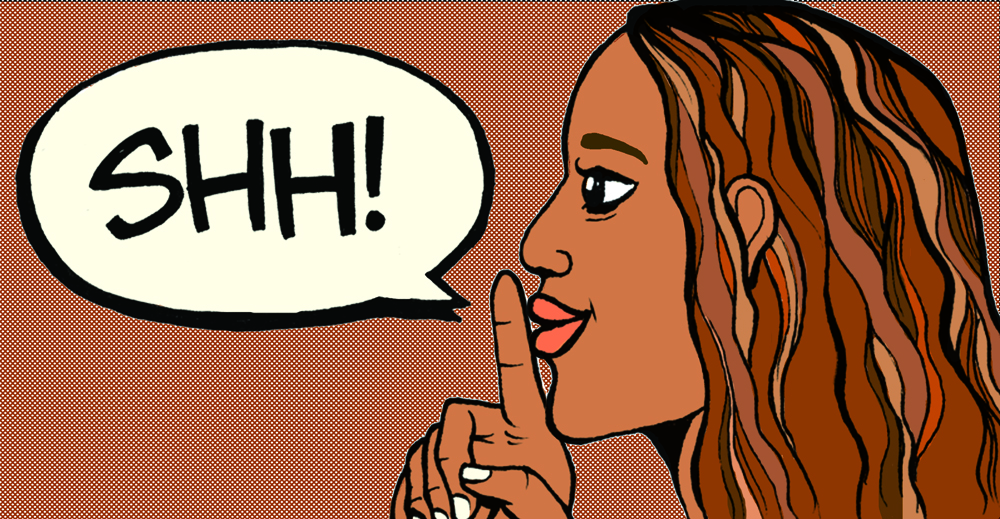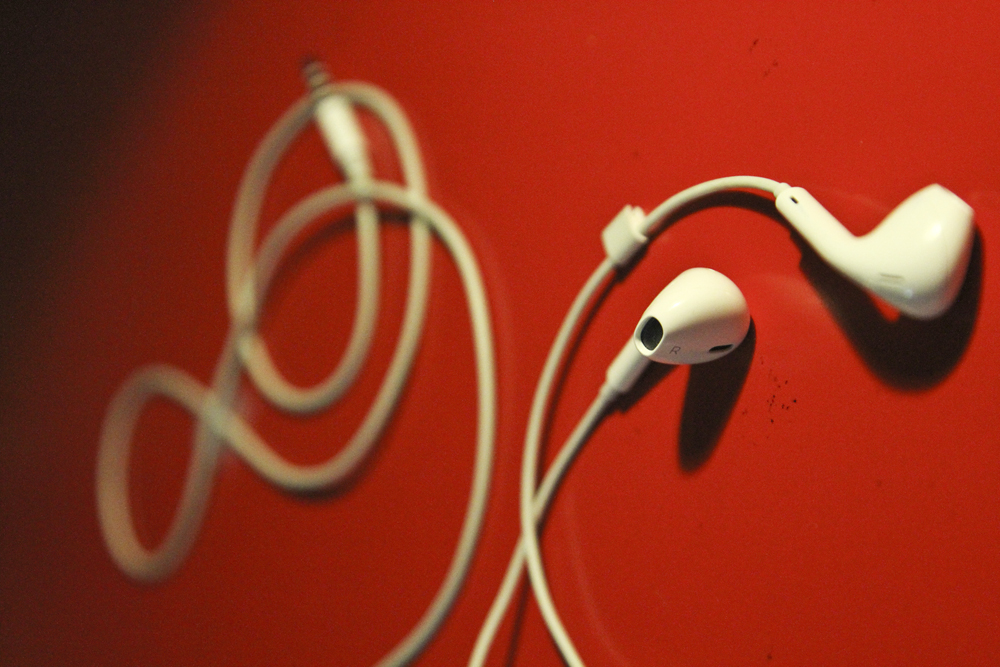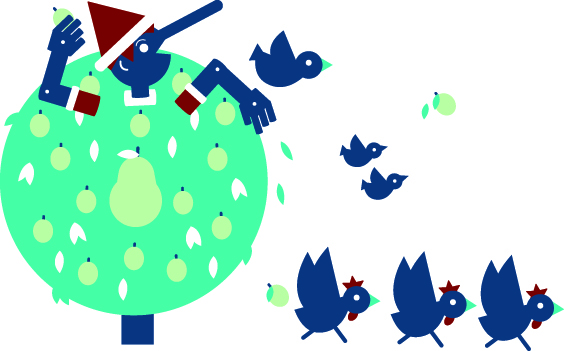On the one hand, technology’s ability to simplify and speed up popular media distribution is good. Globalized media allows faster delivery and democratizes art. The easier it is to put media out, the more media there is, which makes it harder for studios and publishers to shove artists down our throats and gives us more choice in deciding which artists we want to engage with.
On the other hand, this increase in product volume causes what I call the “artistic reinvention problem.”
The amount of popular stuff released every week means that artists need to create an image distinctive enough to stand out from the crowded charts. This then creates a next-level expectation whereby the artist reinvents himself or herself multiple times in his or her career.
Think about it. Different releases from the same artists within the last 30-odd years tend to conjure images of different aesthetics or tonal eras. Take the paradigmatic example of reinvention: Madonna. Like a Virgin Madonna recalls the writhing, oversexed and anything-but-virginal bride. Like a Prayer reminds us of a more domineering, scrupulously matured, sharp fashionista. Ray of Light finds Madonna safely on the other side of promiscuity, and it is actually successfully experimental. For her last couple of albums, she seems to reclaim her messy sexuality, which doesn’t necessarily become my argument or her image, so we can leave it be.
Madonna provides a nice example of artistic reinvention because she shows how practical it can be. The need to reinvent coaxes artists into pushing boundaries. However, this trend among pop artists of perennially changing their look or manifesto asks how proactive these artists are in creating anymore. What happened to artists like James Joyce? He spent his entire career progressively inventing his writing style, which started with free, indirect speech and terminated in a full-blown stream of consciousness that academics spend their lives honoring and trying to unlock.
The patience of pre-globalized art meant the formation of a cohesive artistic aim that seems better rooted in the artist’s expressive core and leads to better versions of itself instead of good versions of a constantly reclaimed ground zero. Why, I wonder, has Quentin Tarantino turned into a reviser of history with Inglorious Basterds and Django Unchained? It seems to have much more to do with an arbitrary aesthetic swerve than his initial aim of shading different styles with irony and fanboy homage.
The idea of conventions coming between the artist’s perspective and product scares me because it clouds the artist’s experience and expression. The expectation for freshness and resultant reinvention may force the artist into a character he or she wouldn’t take on otherwise. He or she merely plays by the rules of popular media distribution instead of presenting his or her own artistic vision.
Of course, through some scopes, artistic reinvention is valuable. Viewing art as a commercial barometer, artistic reinvention accurately gauges how people’s idea of material art changes as technology expands. Reinvention may also be considered a supreme example of the contemporary artist’s actual perspective. What’s more 21st century than bringing the self-consciousness and fabrication of social networks to the face of pop culture? Doesn’t its success also hint at audience distraction? Also, a potential danger of this argument lies in pigeonholing artists based on their first product and ignoring the reality of personal growth and development over time.
I think sometimes reinvention just happens, but my opinion addresses what I think is at the root of counterfeit reinvention. Just because social forces establish a norm doesn’t mean everyone should fall in line, especially if they’re bad norms, which I think this one is. While I certainly value the amount of media at my fingertips, it does scare me that I can easily listen, read or watch something, then rapidly forget it or search for something even newer. It denotes, I think, a quickening boredom, which encourages pop artists to come up with fresh
images so often.






